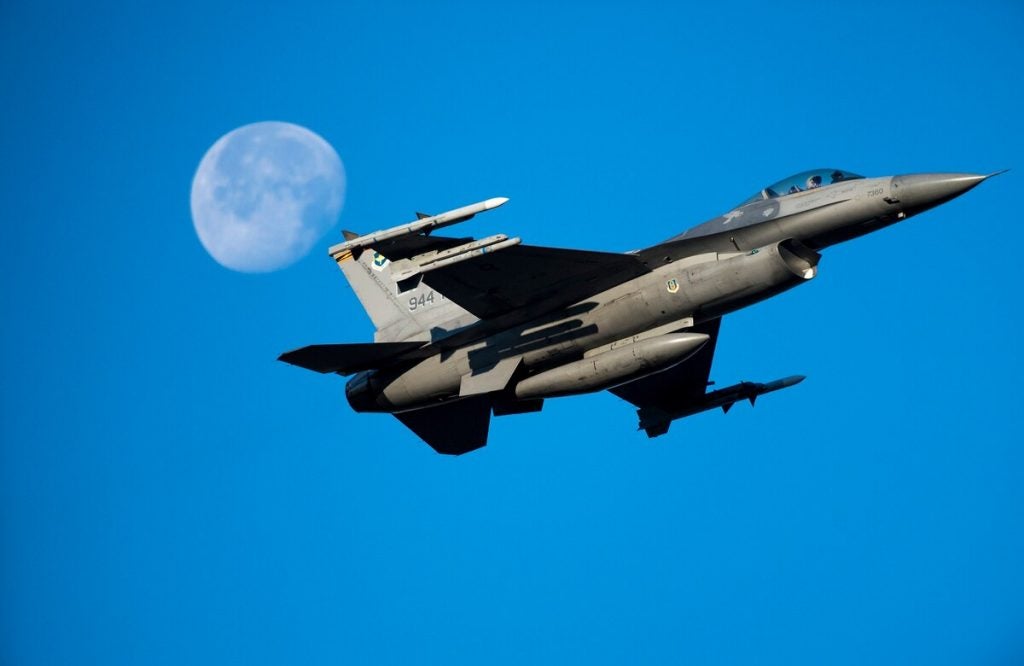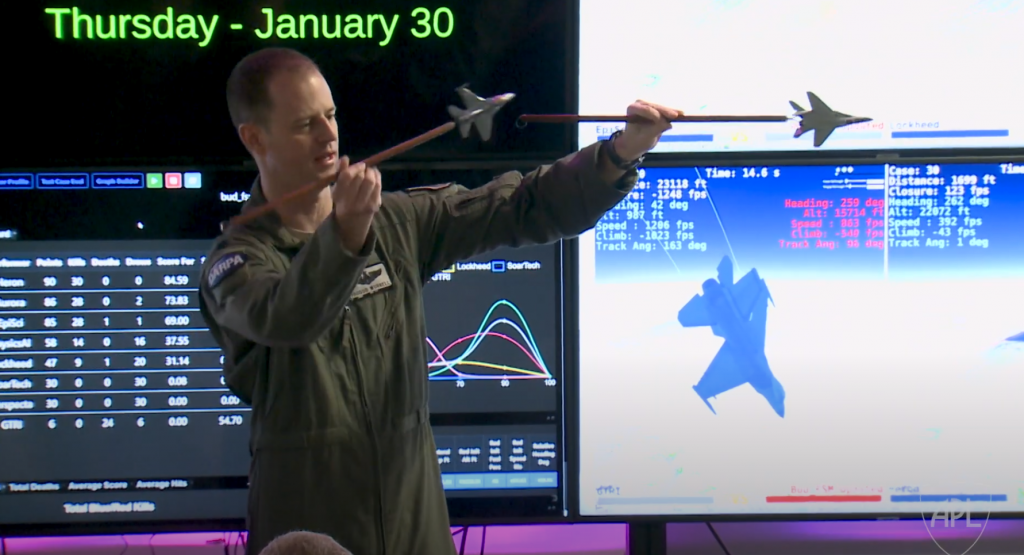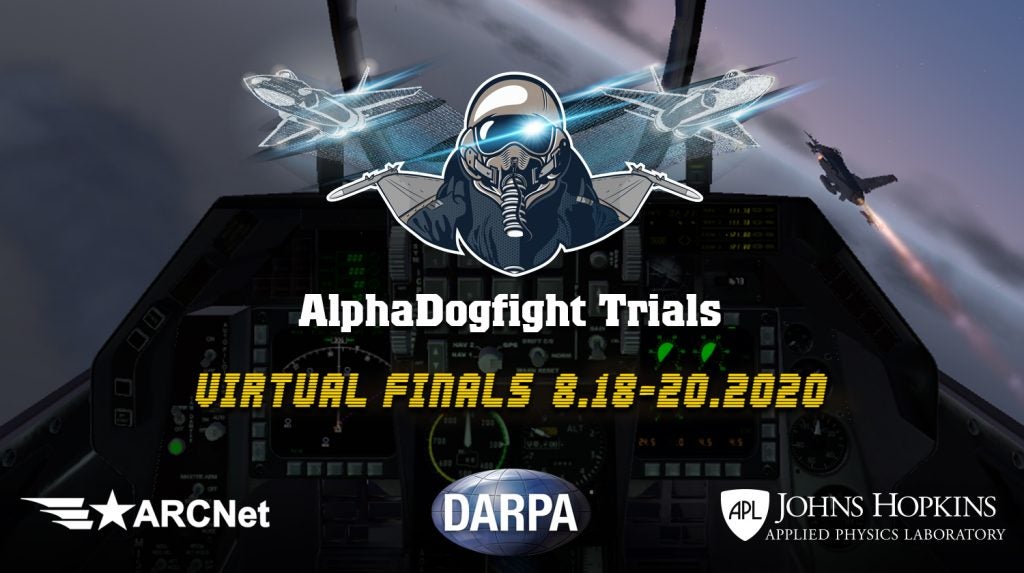Human F-16 Pilot Faces off against AI Pilots in Upcoming AlphaDogfight Trials
In the upcoming third and final phase of DARPA’s AlphaDogfight trials, a human F-16 fighter pilot will face off against the winner of a tiered combat simulation test featuring Artificially Intelligent pilots. The purpose of this program is not to replace fighter pilots but to increase their trust in AI.
Eight teams of AI developers have entered into the trials and will be pitting their AI fighter pilots against the five AI systems developed by the Johns Hopkins Applied Physics lab. Not only will the AI pilots face off against those developed by John’s Hopkins, but will also face off against each other in a “round-robin” tournament the following day.

On the third day of the trials, the top four teams will compete in a single-elimination tournament for the championship spot, the reward for victory is finally facing off against a human F-16 pilot in a simulated battle. This hopefully will help further the goals of the ACE (Air Combat Evolution) program which aims to integrate human and AI pilots in teams for air combat.

The eight teams competing in the trials are Aurora Flight Sciences, EpiSys Science, Georgia Tech Research Institute, Heron Systems, Lockheed Martin, Perspecta Labs, PhysicsAI, and SolarTech. These eight teams were hand-selected last year to compete in the trials which will last from 18th August through the 20th.
The DARPA AlphaDogfight Trials seeks to advance the state of artificial intelligence technologies applied to air-combat operations. The computer-based competition is designed to demonstrate advanced AI algorithms that can perform simulated, within-visual-range air combat maneuvering, otherwise known as a dogfight.

“Ultimately, with ACE, we will be flying these new algorithms on real live aircraft as we progress toward deployable autonomous air combat systems,” said APL’s Matt Rich, principal investigator for the trials. The work is an opportunity to demonstrate APL’s technologies and expertise to potential Department of Defense users. The project is also a great example of collaboration across APL sectors and departments.

